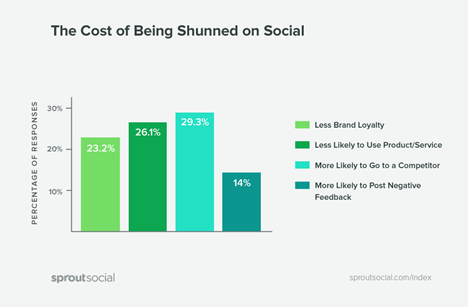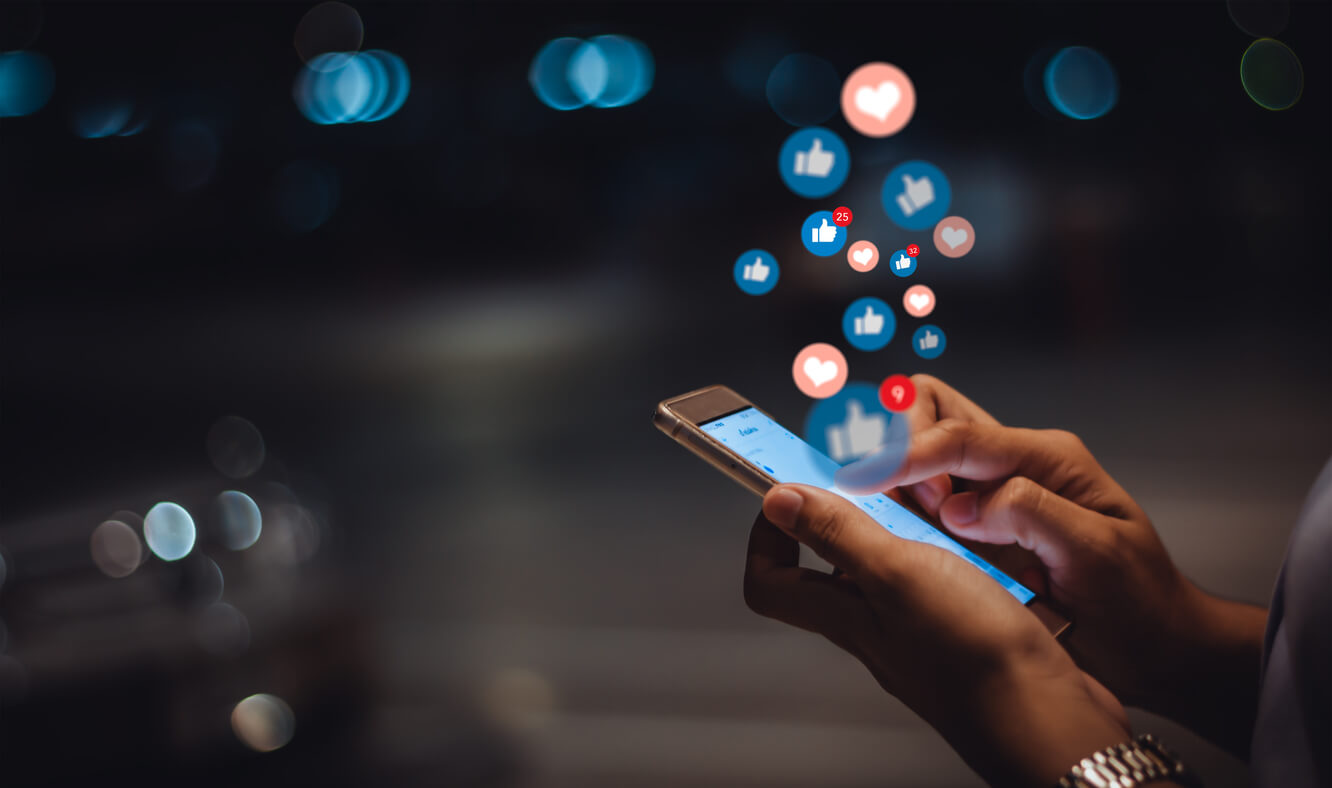Social advertising is an important channel for most retailers. Today’s consumers are online, mobile, and social. And they expect their favorite brands to be so as well.
Retailers who are succeeding in social marketing are using these platforms to build exceptional customer experiences, provide customer service, and engage with younger generations such as Millennials and Gen Z. Consumers are also making purchases on social channels. In recent research by Deloitte, 14% of shoppers are now making purchases through social media.
As social advertising matures and in order to take advantage of new ecommerce opportunities from Covid, retailers are ramping up their spend in social. According to a report by Insights and Smartly.io, 62% of retail organizations spend between 31% and 50% of their overall marketing budget on social media advertising. These results represent an increase from last year’s study, which found that 53% of organizations spend between 26% and 50% of their overall marketing budgets on social media advertising.

Facebook Outperforms Other Platforms
Despite the increasing popularity of other channels, Facebook still reigns supreme. 93% of retailers buy social media ads on the platform and 36% say they spend most of their social media advertising dollars on Facebook.

Although while most may be advertising on Facebook, almost half of respondents (42%) say they see the best return on ad spend (ROAS) from Instagram. That’s compared to just 21% in 2019.

While 76% of respondents say they will increase their ad spending on Facebook, only 38% of organizations plan to increase spending on Instagram and a surprising 24% plan to decrease spending, despite it being the most stated platform for ROAS.

Personalization and Social Media
Retailers understand the power of personalization and are making strides to optimize ads with personalized content. Only 15% of organizations say they struggle with personalization and most organizations plan to optimize ad delivery with first- or third party data (56%) and integrate personalization into their campaign concepts (55%)

Social Media for Purchase Inspiration
In a survey by PWC, 37% of online shoppers say they use social media for “purchase inspiration.”

This is higher than any other form of online media, including retailer websites, price comparison websites, and multi-brand websites.
According to an article by Marketing Charts, these findings are backed up by research from Engagement Labs, which has found that social media conversations alone drive an estimated 9% of consumer sales in the US.
Previous research has also revealed that social media influences the purchase decisions of about half of US Millennials, and that 85% of Gen Z consumers use social media to learn about new products.
Social Media for Customer Service
Social is a strong channel for engaging with consumers. In research by Sprout Social, the company surveyed more than a thousand Facebook, Twitter and Instagram users on their expectations of brand engagements on social platforms. The research indicated some pretty compelling reasons why retailers must take extra care to engage with their social followers. According to the research:
- 90% of consumers try to reach out to brands on social media
- When consumers’ questions or complaints are ignored, 36% will publicly shame a brand and 1 in 3 will switch to a competitor
- 10 hours is the average amount of time it take for brands to respond
- However 4 hours is the maximum that people will wait for a response
Many retailers are leaving opportunities on the table by not having a strong social customer service strategy in place. Social is about communicating and interacting with consumers and creating a personalized brand experience. This is what consumers expect and they will give their loyalty to brands who understand this.
Social media is much more than simply a channel for pushing the next promotion. While promotions and advertising on social are an important aspect of an overall marketing strategy, retailers must balance this out with consumer engagement strategies. Brands send 23 promotional messages for every 1 response given to their audience.
The Cost of a Bad Social Experience
A poor experience on social can seriously impact the bottom line. According to the research:
- 73% of people have had a negative experience with a brand on social
- 36% of people have used social to shame a company for poor customer service
- 30% of people will go to competitor if a brand doesn’t respond

The Benefits of a Good Experience
If brands provide a good experience on social, consumers will reward brands for doing so.
- 70% of people are more likely to use a brand’s product or service
- 65% of people have more brand loyalty
- 25% of people are less likely to go to a competitor
- 25% of people are less likely to post negative things about the brand, product or service
- 75% of people are likely to share a good experience on their own profile
- 43% say they’re more likely to actually make a purchase

Interested in more great resources? Download our Success Kit for Omnichannel Marketing and access some of our most informative resources on omnichannel marketing trends, strategies and tactics. The most convenient way to research, this success kit contains topic focused blogs, webinars, white papers, case studies and more – all with one download.
Learn how Porch Group Media can help you get to know your customers better and reach them across channels to boost your marketing success. Contact us to get started!




